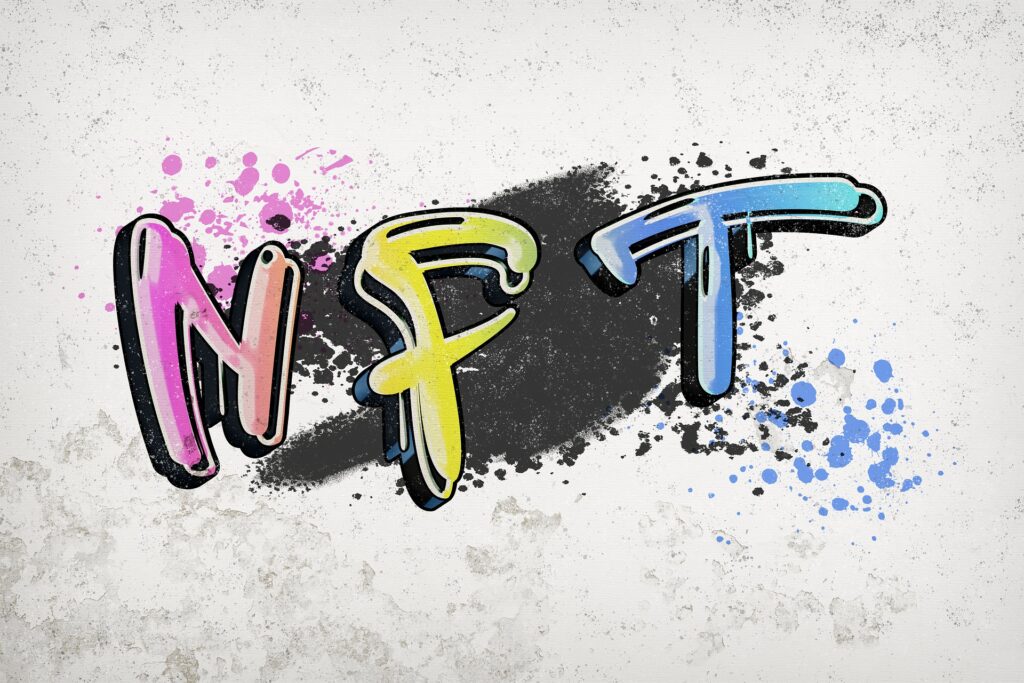
What Are Fungible Investments In 2024 , 2025?
Key Takeaways
- Fungible investments can be bought and sold on different exchanges.
- Fungible trading works when you can buy/sell on one exchange, and sell/buy on another exchange, netting your share position to zero and earning a profit.
- Opportunities to profit from price differences are known as arbitrage, and they come and go quickly as the markets and exchange rates move.
Definition and Example of a Fungible Investment
Fungibility is the ability to substitute one unit of a financial instrument for another unit of the same financial instrument. This works with paper money when you swap your dollar for someone else’s. It doesn’t work if you try to trade a US dollar for a Canadian dollar—they don’t share the same value.
In trading, fungibility implies the ability to buy or sell the same financial instrument in two or more different markets. A financial instrument (such as a stock, bond, or futures contract) is considered fungible if it can be bought or sold on one market or exchange, and then sold or bought on another market or exchange.
There are many fungible financial instruments, with the most popular being stocks listed on multiple exchanges, commodities (such as gold and silver), and currencies.
For example, if you can buy 100 shares of a stock on the Nasdaq in the US and sell the same 100 shares of that stock on the London Stock Exchange in the UK, with the net result being zero shares (100 bought and 100 sold) , then the stock is fungible.
How a Fungible Investment Works
In simplest terms, fungible securities allow investors and speculators to buy low and sell high to make a profit. This works through a process known as “arbitrage.” A trader takes advantage of a price difference in two different markets, buying at a lower price in one market and selling at a higher price in the other market.
For example, consider a stock that’s listed on both the Austrian and German stock markets. One market has the shares trading at 6.23, and the other has them trading at 6.27 (both priced in euros). A trader can buy the shares at 6.23 on the one exchange and sell them at 6.27 on the other, netting 0.04 euro per share.
note
Arbitrage trades are more likely to occur when a currency exchange rate is involved, as traders can spot arbitrage opportunities in the same currency very quickly. As a result, these opportunities don’t last very long.
It becomes more complex when a stock or other asset is priced in different currencies on each exchange. For example, there can be more than 300 (the number fluctuates) listed on both the Canadian and US stock markets.
What It Means for Individual Investors
Suppose you find a stock that trades on the US exchange, currently with an ask price of $10 and a US dollar (USD)/Canadian dollar (CAD) exchange rate of 1.30.
If the best deal you can get is a USD/CAD rate of 1.30, then it is expected that the stock would trade at about C$13 on the Canadian exchange. ($10 US stock times 1.30 equals C$13.)
From second to second, there may be small discrepancies, as the currency rate changes and the stock is subject to its own price changes from buying and selling pressures. If traders see a large enough arbitrage opportunity to make a quick profit, they will step in. This pushes the underpriced market up (by buying) and the overpriced market down (by selling), bringing the two markets back into equilibrium.
The investment idea of fungibility is one of the latest trends in today’s financial markets for both beginners and professionals in 2024 and beyond. Due to today’s rapidly changing market, it is important to understand the concept of fungibility and the strategies of investment. We look for what fungible investments are, what characteristics they possess, and current directions that must influence their applicability in the next few years.
Defining Fungible Investments
It refers to those types of investments that are easily substitutable with other similar assets having the same value. The term “fungibility” itself came from the Latin word “fungibilis,” meaning “able to be replaced.” More practically, this refers to a situation where one unit of a certain kind of fungible investment is quite indistinguishable and can be interchanged with another unit of the same kind.
Examples of Fungible Investments
Stocks are claims on public organizations and are a quintessential example of a fungible investment: one share of Company A is perfectly substitutable for another share of Company A because they are of the same value.
Bonds: These are also fungible bonds that the government and corporate issue. Each of these bonds have a certain value and can be traded on the open market.
Commodities are gold, silver, and oil amongst others are physical goods that are fungible in character. An ounce of gold is the same as another ounce of gold, whatever the origin may be.
Digital Currencies: Cryptocurrencies, such as Bitcoin and Ethereum, are believed to be fungible. For example, one unit of Bitcoin can replace another unit of Bitcoin with no loss in value.
Mutual Funds and ETFs: Mutual fund shares or ETFs also have fungibility because investors can easily buy or sell the shares of a mutual fund/ETF without worry about which securities compose the portfolio.
Fungible Investment Characteristics
1. Interchangeability
The key feature of fungible investments is their interchangeability; that is, any investor may substitute one unit for another without loss of value. In fact, such characteristics improve the level of liquidity, in that investors can easily buy and sell assets.
2. Standardization
Fungible investments are usually standardized; after all, they are expected to meet certain criteria or formats. For example, common stocks represent ownership in companies, while bonds represent a loan to the borrower. Because it’s standardized, an investor can more easily value it and then compare that investment to other types.
3. Liquid Markets
By contrast, fungible investments tend to be in liquid markets where precisely purchases and sales happen often. This liquidity contributes to price stability; an investor could get into or out of the investment with little fluctuation in price.
4. Valuation
The value of fungible investments is normally easier to ascertain as compared to non-fungible assets. For example, the prices of stocks are normally quoted publicly, hence investors can easily tell how their performance is going in the market. Thirdly, this makes transparency foster better decision-making.
The Importance of Fungible Investments in 2024 and 2025
1. Widening Interest in Financial Markets
With more and more people investing-especially through online platforms-demand for fungible investments should increase. We expect that in 2024 and 2025, too, investment interest would be maintained in the direction of stocks, exchange-traded funds, and cryptocurrencies, which are among the easily accessible classes for new investors.
2. Opportunities to Diversify
Because fungible investments are an investment that means the investors can, however, easily diversify their portfolio. The investor can mix and match stocks, bonds, and other kinds of fungible investments to spread out risks and increase potential returns. This will probably continue to be one of the most resorted strategies considering fluctuating market conditions.
3. Enhanced Liquidity
The main issue for all investors in an increasingly volatile market is one of liquidity. Fungible investments will make for quick buying and selling, thus allowing investors the opportunity to act upon even the slightest market changes. Consequently, this ease of trading for the assets will be seen by more and more investors as attractive instruments as the economic environment unfolds.

Integration of Technology
Fintech platforms and single trading apps have been making fungible investments more accessible to investors. Now, in 2024 and 2025, the unabated innovation of trading technologies, including features like fractional investing and automated trading strategies, will make fungible assets even more attractive.
Trends to Watch in Fungible Investments
1. Growth of Digital Assets
Especially, newfound appreciation for the asset class that is cryptocurrency is literally changing the game within the investment space. As more institutional investors enter the fray in the cryptocurrency market, the perception of fungibility in digital assets is changing. By 2025, cryptocurrencies are likely to be considered a viable alternative to traditional fungible investments.
2. Regulatory Developments
Regulatory change will continue to be at the forefront in how fungible investments move into the future. Indications are that governments worldwide are increasingly scrutinizing cryptocurrency and fintech platforms. New regulations may emerge throughout 2024 and 2025 that would affect how fungible investments are traded, adding layers of compliance and transparency.
3. ESG Considerations
The more important factors are environment, social and governance; these are casually known as ESG. Therefore, fungible investments that coincide with the ESG criteria are more likely to draw investors. We might perhaps envision a further increase in ETF and mutual fund offerings deepening to meet the growing demand for responsible investing.
4. Fractional Investing
Fractional investment diversification-that is, the ability to buy part of a share or an asset-is slowly but surely making more fungible investments accessible. In 2024 and 2025, that is set to continue, meaning investors could diversify without having substantial capital.
The Risks of Fungible Investments
1. Volatile Market
While fungible investments offer huge liquidity, they are always susceptible to volatility in markets. Prices may be highly affected by the state of the economy, perceptions among investors, and geopolitical events. This may give enormous gains or huge losses with good or poor investor risk management.
2. Liquidity overconfidence
The efficiency of trading fungible investments may lead to overconfidence at times. Most investors are tempted to immediately act on the movements of the market, wherein decisions occasionally become impulsive and not in tandem with their long-term investment strategies.
3. Regulatory Risks
As already pointed out, the same regulatory changes may impact fungible investments: changes in laws or regulations apply differently to trading practices, with possible uncertainty in the market. Investors should keep themselves abreast of regulatory developments as a means to control these risks effectively.
Conclusion
Fungible investments will continue to play an important role in 2024 and 2025. This asset class is very attractive to many types of investors because of its interchangeability, standardization, and liquidity. The landscape continues to evolve with emerging trends and technologies, giving fungible investments new opportunities and challenges.
A proper understanding of the type of fungible investments being considered is critically essential because no investor would ever try to comprehend diversified investments and make smart choices. By closely watching market trends, regulatory evolution, and technological changes, investors will be suitably positioned to find their way through the mazes of the financial world and take advantage of the opportunity afforded by fungible investments. These assets are going to be increasingly more important in attempting to achieve financial goals in the times to come.